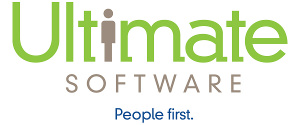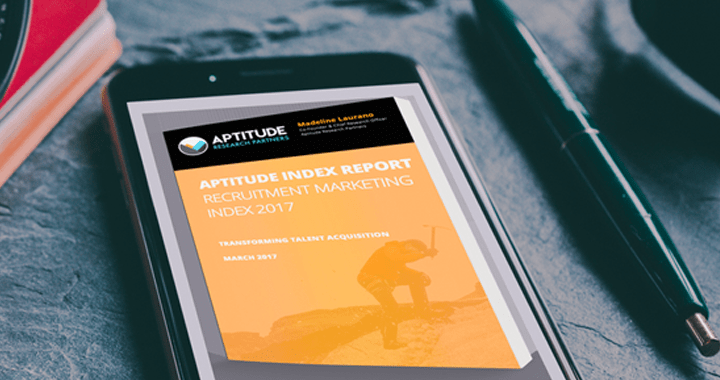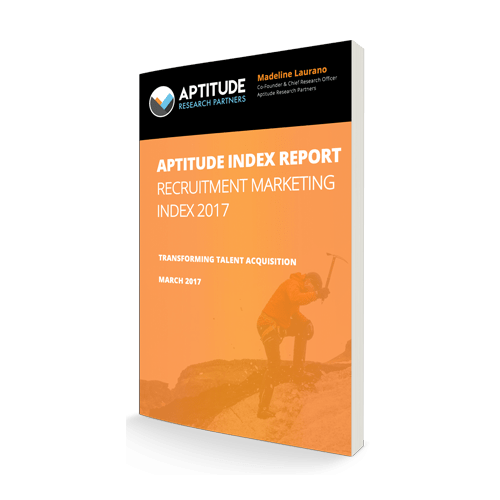Last week, I attended HireVue’s Digital Disruption event in Park City, Utah. This conference is one that stands out from the rest- not just because of the incredible venue but because of the content, partners, and customers. These attendees are not HR generalists or entry level recruiters. They are senior talent acquisition leaders from companies such as The Estee Lauder Companies, JPMorgan Chase, Unilever, and UnitedHealth Group. For many of these leaders, this event is the only one they attend all year.
I learned a lot. I learned how these companies view the current talent acquisition technology market. I learned that what’s important is finding a partner not a provider. I learned that the talent acquisition technology buyer is becoming more sophisticated than ever before and I learned that when we talk about “disruption”, it begins with these companies.
Children’s Mercy Hospital is a perfect example of this disruption. They are flipping the recruitment model to interview candidates before they even apply for a job. Through HireVue’s “Introduce Yourself” product, Children’s Mercy invites anyone interested to interview right on the career page. Candidates are then interviewed by the children at the hospital- instead of hiring managers or recruiters. Candidates immediately build a connection with the hospital and get a sense of the company culture. Over the past year, Children’s Mercy achieved the following results:
• Improved Candidate Experience: Candidates have more fun during the interview process and the experience is more personal and meaningful. The experience of including children in the videos is extended beyond the interview process into the offer messaging and onboarding phases.
• Increased Diversity Efforts: One unexpected outcome of flipping the recruitment model is the increase in diversity hires. Since using “Introduce Yourself”, Children’s Mercy has 28% diverse hires.
• Increased Number of Hires: Children’s Mercy was able to significantly increase the number of hires they made using “Introduce Yourself” to 285 hires last year.
Molly Weaver, Talent Acquisition Director at Mercy Hospital, shared the following recommendations for any organization looking to disrupt talent acquisition and become more creative in the way they engage candidates:
• Embed culture in the interview process: Children’s Mercy connects with candidates by showcasing the company culture and providing transparency into the key values of the organization.
• Get ready to talk about “people not paper”: Recruiters at Children’s Mercy do not talk about applications. They talk about people and make a connection with the individual.
• Try a video first strategy: Children’s Mercy recommends that companies try a day, a week, or a month if they are hesitant to commit to a new model for recruitment.
• Track your results: In order to gain buy-in, companies must be able to measure their results and share them with key stakeholders.
• Be a superhero to hiring managers: Children’s Mercy was able to improve hiring manager satisfaction by finding people that they don’t even need.
As talent acquisition departments mature, they are rethinking traditional strategies and technology options. Children’s Mercy is one example of a company that is connecting with candidates and driving results. Check out their career page and see some of the “Introduce Yourself” videos. I promise you will be inspired.








